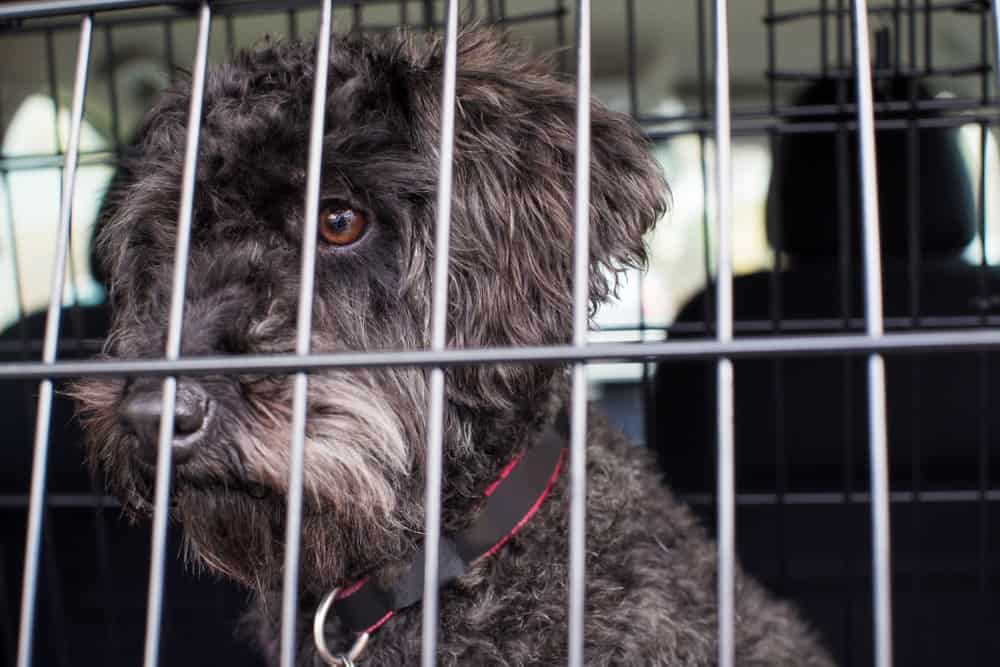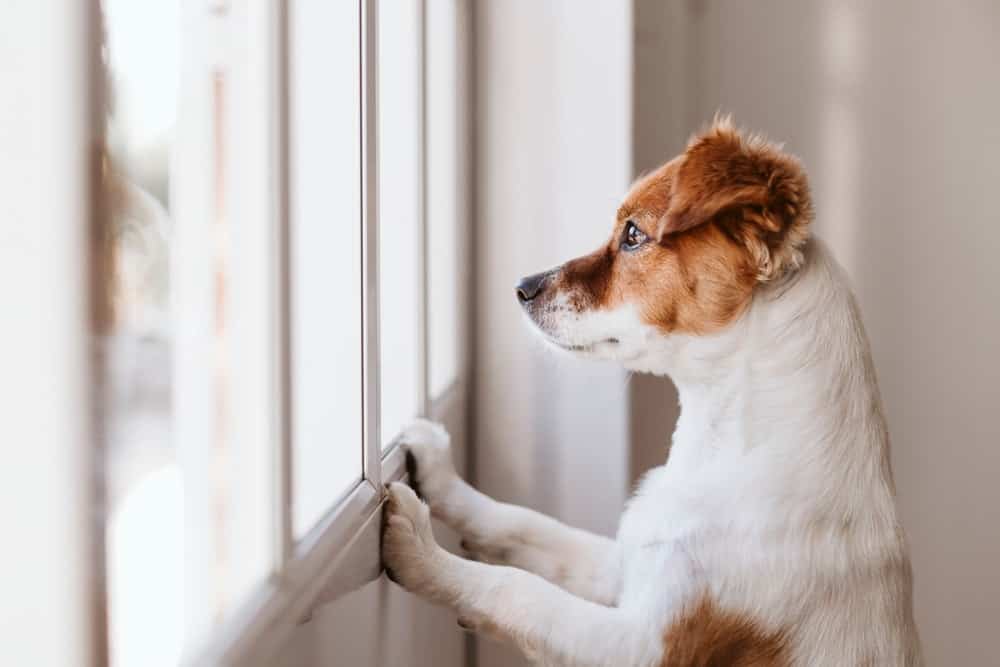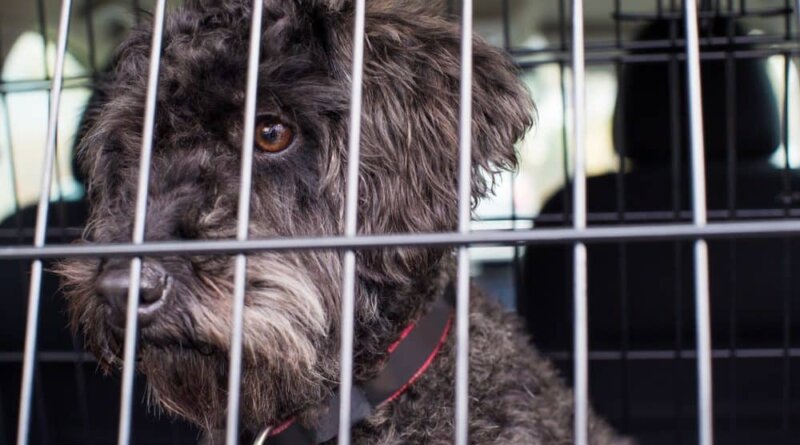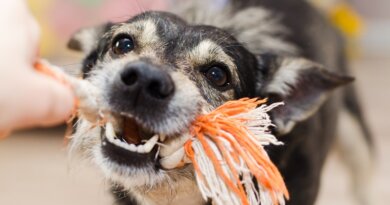Evacuating With Pets: The Dos and Don’ts
By JJ Keeler
From a raging forest fire to an impending hurricane, evacuations happen and often quickly, giving us only a short amount of time to grab the things most precious. Fortunately, most items inside a house are replaceable, even when they have sentimental value. Animals, on the other hand, are not. And that makes them worthy of their own evacuation focus.

So, what should you do when evacuating with your pets? And, importantly, what should you avoid?
Let’s start with the actions you should take.
Do:
Pack ahead: Keeping an emergency bag packed and ready at all times does feel a little bit like Debbie Downer, as if you’re the person who goes to a birthday party and insists on discussing the dangers of global warming. However, planning is prudent, especially if you live in an area known for natural disasters and it’s the time of year when they’re most common (such as summer when wildfire dangers skyrocket).
You don’t need to fill a Samsonite with Sam’s favorite bed or pack a backpack full of his beloved tennis balls, but make sure you stow dog food, water, bowls, bed, medications, and vet records somewhere easily accessible (such as a downstairs closet or inside your car). It’s wise to pack a crate too, particularly if your dog misbehaves on drives.
Have a backup person who can help: In the event you’re not home when an evacuation order begins, make sure you have a backup person. The most obvious choice for this role is a neighbor or friend who lives nearby. They’ll need a key or access into your house in order to retrieve your animal. To cover all your bases, you might also consider a backup to your backup.
Make sure your dog is up-to-date on vaccinations: Dogs should always be up-to-date on vaccinations but, let’s face it, sometimes life gets in the way. In the event an evacuation is imminent, make sure you take the time to get your pet squared. Not only does vaccinating protect dogs from disease (which tends to spread faster among animals than people because of the former’s lack of concern for hygiene), but it prevents a boarding facility (in the event you need one) from rejecting your dog because it isn’t properly immunized.
Make sure your dog is IDed: In keeping with the above, dogs should also be IDed as a matter of routine. Yet it’s especially important during a natural disaster when the risk of separation dramatically increases. It’s a good idea to get your dog microchipped in addition to making sure it wears a collar tag. The greater the chance of identification, the greater the chance of reunification.
So, now that we’ve discussed the dos, what kind of things should you avoid?

Don’t:
Spend too much time trying not to panic: This advice sounds counterintuitive as many humans try to stay calm for the sake of their pets, fearing the Maltese that sees Mom worrying will start to worry too. While this is true, trying not to panic around an animal is kind of futile for one reason: Your dog already knows something is going on.
Dogs can detect fear and stress by smelling the increase in adrenaline as well as cortisol, anxiety hormones. This is true even when, on the exterior, you’re cool as a cucumber and meditating in the middle of an earthquake. Sometimes, your dog knows you’re stressed even before you do.
Assume your animal can fend for itself: Animals certainly have stronger instincts than people, which is why they know danger is coming before we’re aware. But instincts only go so far – never assume that your pet’s evolutionary education will allow it to survive a natural disaster on its own.
In some states, it’s against the law to leave your pets in dangerous situations. Yet, illegal or not, it’s always immoral: the best chance they have is going with you.
Assume evacuating your pet is someone else’s responsibility: Often, pets are left behind accidentally. A wife assumes her husband will grab the dog or vice versa. To avoid this, make sure one person is responsible for pet rescue and, most crucially, make sure they are aware of this duty.
Waste time in a true emergency: In the event danger is imminent, don’t worry about grabbing your dog’s food, bed, or toys unless all of these supplies are packed and ready to go. Those items can be purchased later and Max and Mittens will surely survive without their favorite squeaky bones. As mentioned above, it’s fine and encouraged to grab supplies when you have a chance, but if time is of the essence, focus on the essentials. In a moment of true emergency, the only essential is your four-legged love.

JJ Keeler lives in Colorado with a house full of pets. For the last year or so she has been a major contributor for PawzWorld.com. She owns three dogs, two cats, and a hamster she bought as a bribe to get her daughter to ride the school bus. She has a BA in English Literature from the University of Colorado and has worked as a professional writer for fifteen years. Her clothes are perpetually covered in pet hair.




